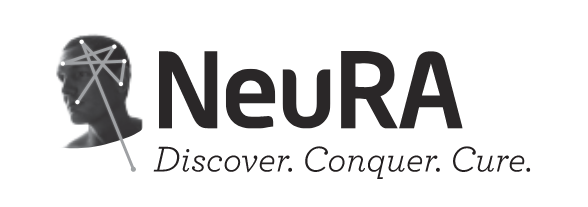Use the Back button in your browser to see the other results of your search or to select another record.
Diagnostic accuracy of ultrasound versus X-ray for distal forearm fractures in children and adolescents: a systematic review and meta-analysis
Delniotis I, Bontinis V, Ktenidis K, Drakonaki EE, Galanis N
European Journal of Trauma and Emergency Surgery 2024 Feb;Epub ahead of print
systematic review
PURPOSE: Utilizing ultrasound for the detection of distal forearm fractures in children presents a potential safe and radiation-free alternative compared to X-ray. METHODS: A systematic review was undertaken to compare the diagnostic accuracy of ultrasound in detecting distal forearm fractures in children with X-ray imaging within the period spanning January 2010 to August 2023. The electronic databases MEDLINE and Cochrane CENTRAL were utilized for data retrieval. The QUADAS-2 tool was employed to assess the quality of the included studies. Subsequent statistical analysis was performed to calculate pooled sensitivity and specificity, positive and negative likelihood ratios, as well as the diagnostic odds ratio. RESULTS: Our meta-analysis included seventeen studies, encompassing a total of 2003 patients, 2546 ultrasound scans, and 1203 fracture cases as identified by the reference test (X-ray). The pooled sensitivity and specificity were 0.96 (95% CI 0.93 to 0.98) and 0.96 (95% CI 0.89 to 0.98), respectively. The positive likelihood ratio was 13.40 (95% CI 7.97 to 21.50), the negative likelihood ratio was 0.06 (95% CI 0.04 to 0.1), and the pooled diagnostic odds ratio was 209 (95% CI 92.20 to 412.00). Our statistical analysis revealed low heterogeneity within our studied cohort. CONCLUSIONS: Our study indicates that ultrasound exhibits exceptionally high accuracy in the detection of distal forearm fractures in children and adolescents. It can be employed safely to either confirm or rule out a fracture, thus circumventing the need for potentially harmful radiation exposure in this vulnerable population. Future research endeavors should focus on establishing a universally accepted protocol for training and scanning methods to standardize practices and eliminate disparities in diagnostic procedures.
Full text (sometimes free) may be available at these link(s): ![]() help
help


